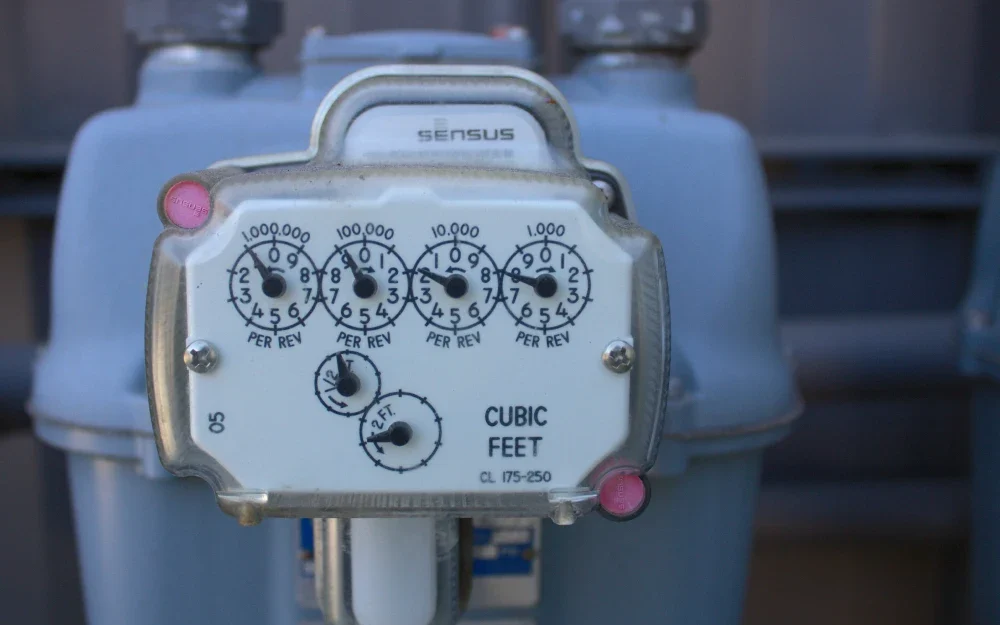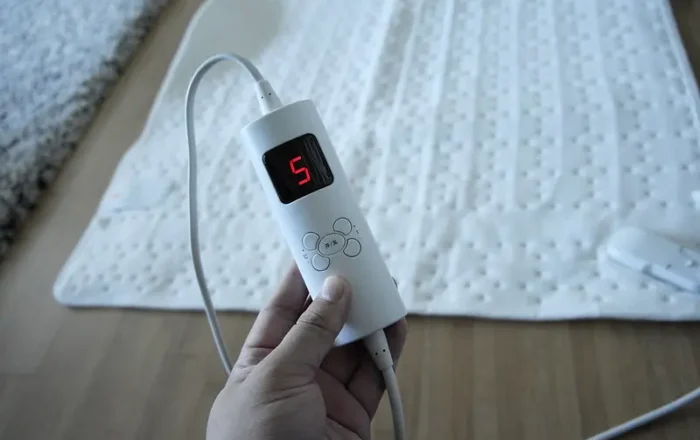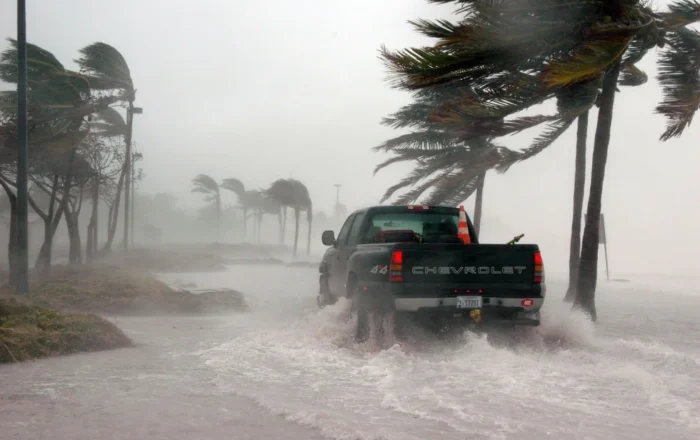Are Heated Blankets Safe for Your Home?
4 minute readHeated blankets offer cozy warmth during winter, but are they safe?
Home > Blog > Gas Leak Safety Guide
4 minute read • Last update May 2024

With nearly 70 million American households with natural gas lines in their homes, there is an increased need for awareness regarding gas leak safety. The National Fire Protection Association (NFPA) reports that fire departments respond to around 125,000 residential gas leaks annually. While only a small percentage of these result in fire, experts agree that early action to detect and prevent gas leaks is the best course of action.
Let’s take a look at some of the telltale signs of a gas leak in your home and how to recognize them.
Whether you’ve already connected a gas supply or are looking to make the switch, we’ve got you covered with this no-nonsense guide. Read on to learn how to tell if you have a gas leak, what to do if you smell gas in your house, and pick up some practical natural gas safety tips.
In its pure form, natural gas is odorless. However, an odorant called mercaptan is added to give it a distinct smell, making potential leaks easier to detect. Even a small gas leak can be relatively easy to identify thanks to mercaptan’s rich, sulphur-like aroma, which closely resembles the smell of rotten eggs. That said, not all gas leaks emit an unpleasant odor, particularly if they occur in outdoor or well-ventilated areas. So, learning to recognize other signs of a gas leak is essential.
Signs of a gas leak can manifest in various visible, audible, and physical ways:
Exposure to gas leaks – and carbon monoxide, in particular – can result in physical symptoms ranging from mild discomfort to severe respiratory issues. Common symptoms of natural gas poisoning include:
Prolonged exposure may lead to unconsciousness, so it’s essential to leave the premises immediately if there’s an evident natural gas smell, even if you’re not yet experiencing any physical symptoms.
Looking, listening, and being aware of the physical symptoms of poisoning should help you identify increased gas levels quickly. But these are by no means the only proactive steps you can take. Here’s a comprehensive list of gas leak safety tips to help keep you and your family stay safe.
The normal carbon monoxide (CO) level in homes with gas appliances typically ranges from 0.5 to 5 parts per million (ppm). Installing carbon monoxide detectors is crucial as they allow for quick and decisive action if these levels are exceeded. As a guideline, a relatively low CO level of 50 ppm may take a few hours to trigger a carbon monoxide alarm. However, higher CO levels of 150 ppm or more are usually detected within minutes, providing a faster warning to ensure safety.
While CO may appear during a leak, it’s very different from the methane contained in natural gas — which, in low doses, is a harmless chemical. Excess methane may indicate a leak, but it usually cannot be detected by the same sensor used for CO. Therefore, either a stand-alone natural gas leak detector or a combined methane/carbon monoxide detector should be considered to ensure maximum vigilance.
The pilot light is the small flame that lights the gas from the main burner. Much like the flame that comes out of gas stoves (or any other flame-based gas appliance), it is usually blue in color. Gas leaks can result in frequent pilot light burnouts or cause a change in color to orange or red flames.
Sudden jumps or fluctuations in gas meter readings may indicate a leak somewhere in the system – especially when no appliances are in use or during periods of low usage. If you notice unusual activity, let your gas company know immediately and wait for an assessment by a qualified professional.
Mix a solution of dish soap and water and apply it to the connections of gas pipes, fittings, and appliances. If bubbles form, it indicates a gas leak. This method is particularly effective in identifying problems in outdoor areas or spaces where odors may not be detectable due to ventilation.
Aside from conducting your own natural gas safety checks, you should schedule a thorough examination by a trained professional once a year to ensure all systems are functioning correctly and that gas appliances have suitable air flow and are operating at the correct pressure, etc.
Now, let’s explore what happens when you detect a gas leak in the house and what to do when you spot these signs.
Imagine a scenario where you smell a gas leak in your home. What should you do? Preparation is key to keeping your family safe and avoiding damage to your property. Follow these gas leak safety steps to ensure prompt action and mitigate potential risks.
Extinguish any candles and refrain from lighting matches or cigarettes to avoid accidentally igniting flammable materials.
Natural gas is lighter than air, so opening windows and doors helps diffuse and push it outside your home.
Even the tiniest of sparks from appliances or light switches could ignite leaking gas.
Evacuate the premises immediately, taking all occupants with you, including pets. If feasible, turn off the shutoff valve on your way out to prevent further leakage.
Knowing who to call for a gas leak in your house is imperative for speedy action and damage limitation. Local gas companies and emergency services should both be alerted as soon as possible.
After reporting the leak, wait for trained professionals to arrive and assess the situation, and only re-enter the premises once they have confirmed it is safe to do so.
Ensuring gas leak safety is essential when selecting a reliable utility supplier. At BKVE, we offer assistance whenever you need it, coupled with fair and transparent pricing. With BKVE, our straightforward energy plans are designed with both your safety and budget in mind. Explore our range of plans today to find the best deal for your household.
Graham Lumley, Digital Marketing Manager at BKV Energy, leads digital and traditional marketing strategies, focusing on educating Texans about the state's deregulated energy market. With over 8 years of marketing experience, he creates content to help consumers understand and save on their energy bills, bringing a fresh and dynamic approach to the industry.

Heated blankets offer cozy warmth during winter, but are they safe?

Learning how to prepare your house for a hurricane is essential to mitigate the potential damage caused by gale-force winds, flying debris, and heavy rain. In this quick guide, we’ll explain everything you need to know about how to hurricane-proof your home. However, it must be noted that these solutions…
Get $50 off your electric bill!
Use code BKVEJOINUS50
Enter your zip code to shop BKV Energy's affordable, fixed-rate Texas electricity plans. Use the promo code for $50 off your electric bill.